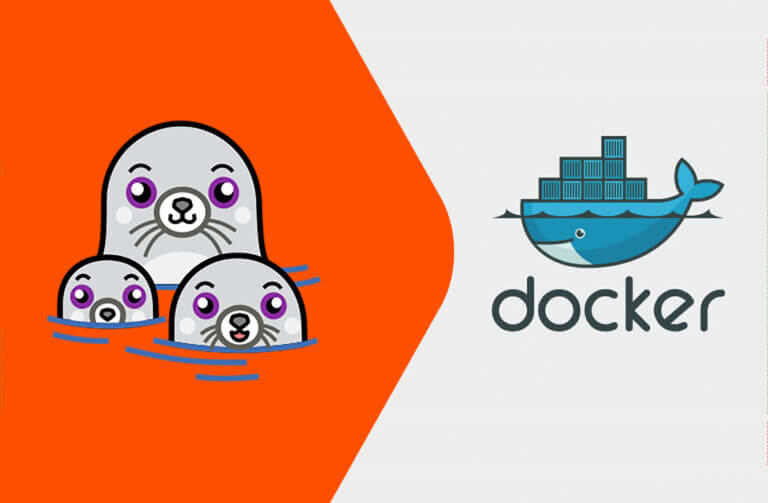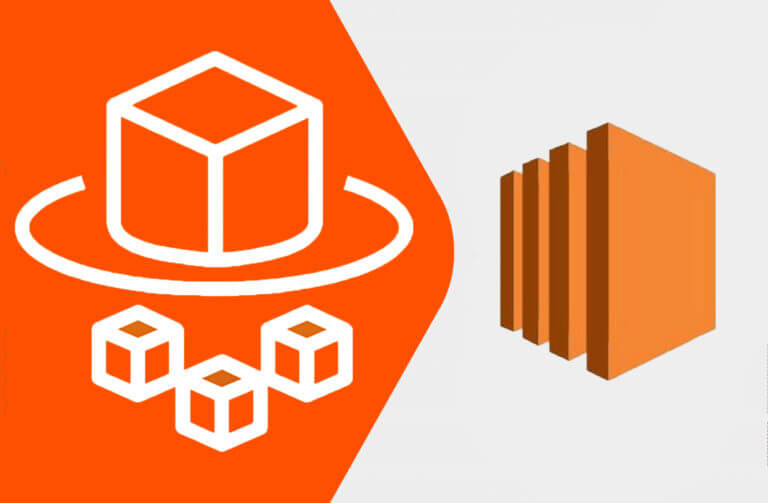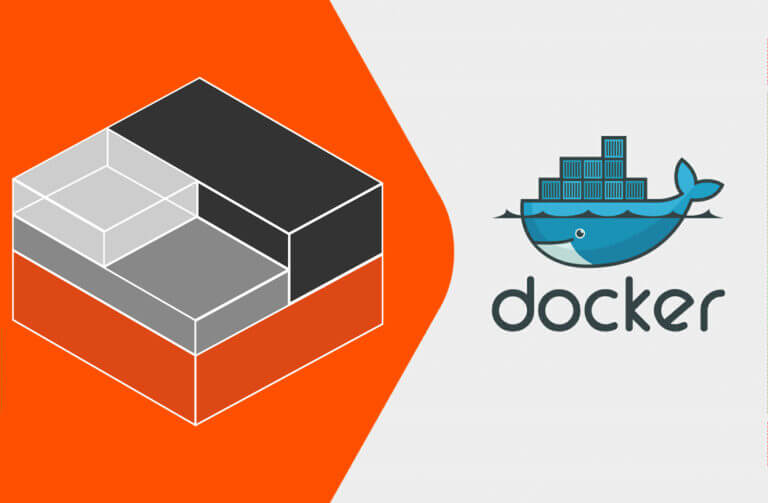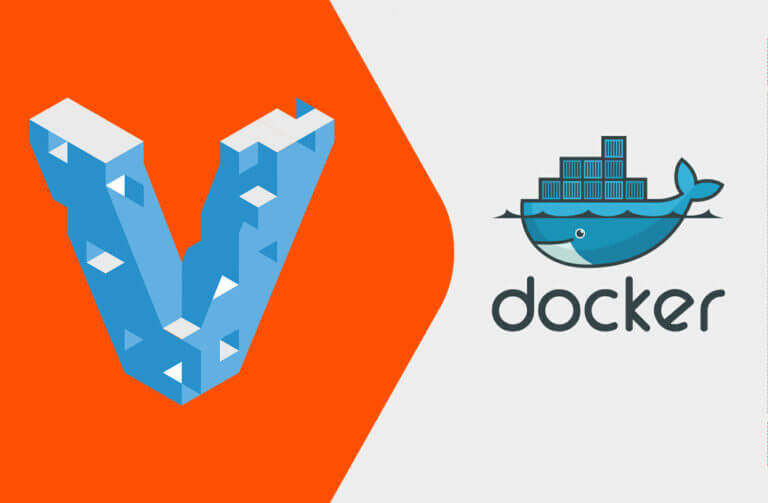Summary
Docker and Podman are two types of containerization solutions that are used in software development. Docker has robust features and an extensive ecosystem, while Podman offers seamless integration with Kubernetes.
Containerization has significantly changed the software development workflow. This technology empowers developers to package applications with all their dependencies into lightweight, portable units called containers. These containers can then be seamlessly deployed across various environments, ensuring consistent and reliable application execution. At the forefront of this containerization technology are two prominent tools, Docker and Podman.
Both Docker and Podman are excellent containerization solutions that many organizations have adopted. But in this article, we’ll look into the functionalities, strengths, and weaknesses of each tool to help guide you toward selecting the optimal tool for your project requirements.
What Is Docker?
Docker is a containerization platform that allows developers to package their applications and dependencies into containers. Once built, these containers can then be deployed consistently across different environments, making it easier to build, ship, and run applications.
Thanks to its ease of use, robust features, and extensive ecosystem of pre-built images and tools, Docker is a widely used containerization solution in the software development industry. With just a few commands, developers can create, run, and distribute containers, streamlining the development lifecycle and accelerating time to market for applications.
What Is Podman?
Developed by Red Hat, Podman is an alternative to Docker that offers similar containerization capabilities. Unlike Docker’s client-server architecture with a background daemon, Podman takes a more lightweight and security-focused approach that leverages existing container technologies like libpod and runc. Podman provides a familiar command-line interface and is compatible with Docker images and containers.
One of Podman’s standout features is its seamless integration with Kubernetes, the popular standard tool for container orchestration. Unlike Docker, which requires a separate Kubernetes runtime (e.g., Docker Desktop with Kubernetes), Podman can interact directly with Kubernetes clusters, enabling developers to deploy and manage containers with ease.
Docker vs. Podman: Performance Comparison
Performance is a critical factor to consider when choosing a containerization tool, as it directly impacts resource utilization, scalability, and overall efficiency. Let’s compare the performance of Docker and Podman across various metrics to provide insights into their respective capabilities.
Resource Usage
Docker, with its daemon-based architecture, may incur slightly higher resource overhead compared to Podman, especially when running multiple containers simultaneously. The Docker daemon (dockerd) manages container lifecycle operations and resource allocation, which can consume additional CPU and memory resources.
Podman, on the other hand, adopts a daemonless approach, eliminating the need for a central daemon process. This lightweight architecture reduces resource overhead and enhances efficiency, particularly in environments with limited resources or high container density.
Startup Time
Podman typically boasts faster startup times compared to Docker, thanks to its daemonless architecture and optimized container management processes. Without the overhead of a central daemon, Podman can launch containers more swiftly, reducing startup latency and improving overall responsiveness.
Docker, while still efficient in startup time, typically experiences slightly longer initialization times due to the overhead of starting and managing the Docker daemon. However, the difference in startup time between Docker and Podman may vary depending on factors such as system configuration, workload characteristics, and container dependencies.
Overall Efficiency
In benchmark tests and real-world deployments, both Docker and Podman demonstrate strong performance and reliability, meeting the demands of modern containerized workloads. However, developers may choose one tool over the other based on specific performance requirements, compatibility considerations, or workflow preferences.
Docker vs. Podman: Ecosystem and Community Support
A flourishing ecosystem and strong community support are crucial factors for long-term adoption and successful deployments. Let’s explore what the Docker and Podman ecosystems have to offer.
Docker
The Docker ecosystem is ahead of Podman in breadth and maturity. Some features of the ecosystem include:
- Docker Hub: Docker Hub serves as the standard for pre-built container images. It has a vast number of repositories with millions of images for various applications, libraries, and frameworks. This extensive library allows developers to leverage existing images, saving them significant development time.
- Official repositories: Beyond Docker Hub, numerous official repositories cater to specific vendors and distributions, offering additional curated images.
- Third-party tools: Docker has a thriving ecosystem of third-party tools, like Docker Compose, that seamlessly integrate with the platform. These tools cut across different development and deployment workflows, offering functionalities like continuous integration/continuous delivery (CI/CD) pipelines, container security scanning, and registry management.
Podman
While not as extensive as Docker’s, Podman’s ecosystem is steadily evolving:
- Limited pre-built images: The number of pre-built images readily available for Podman is currently less compared to Docker Hub. This can necessitate building your own images more frequently.
- Emerging third-party support: Third-party tool integration with Podman is still developing, but it’s catching up. Tools like Podman Compose are emerging to address multi-container application management.
- Official repositories: Similar to Docker, official repositories exist for specific distributions offering Podman-compatible images.
Use Cases and Compatibility: Choosing the Right Tool
Having explored the functionalities, performance, and ecosystem aspects of Docker and Podman, it’s obvious that both tools are better in some use cases than others.
Ideal Use Cases for Docker
Docker is an ideal choice for use cases that involve the following:
- Established workflows: If your development team relies on established workflows and tools that integrate seamlessly with Docker, it’s the safer choice. Docker’s extensive ecosystem and mature tooling minimize disruption and ensure a smooth development experience.
- Extensive pre-built images: When your project necessitates readily available pre-built images from Docker Hub, Docker reigns supreme. Its vast library allows you to leverage existing, well-tested images, accelerating development and deployment.
- Complex deployments: For complex deployments involving multiple containers working together, Docker Swarm shines. This container orchestration platform empowers you to manage and scale these complex deployments across a cluster of machines.
Podman’s Strengths
Podman’s strength is in use cases that require the following:
- Security focus: For environments demanding heightened security, Podman’s ability to run containers as unprivileged users makes it the preferred option. This security-focused approach reduces the attack surface and strengthens your system’s overall security posture.
- Lightweight footprint: If resource efficiency is paramount, Podman’s streamlined design makes it a compelling choice. Its daemonless architecture translates to lower resource consumption, making it suitable for resource-constrained environments.
- Systemd integration: For systemd-based environments, Podman offers a significant advantage with its seamless integration. This simplifies container management tasks within these environments.
Fortunately, both Docker and Podman offer good compatibility with container images. You can generally use Docker images with Podman and vice versa. However, you should always consult the image documentation for any specific compatibility considerations. Images built with Docker-specific features might require minor adjustments to function properly with Podman.
Conclusion
Choosing between Docker and Podman depends on your specific requirements and preferences. Docker offers a robust platform with a rich ecosystem and widespread adoption, making it an excellent choice for many projects. On the other hand, Podman provides a lightweight, daemonless alternative that may be more suitable for certain use cases, particularly in Kubernetes environments.
To enhance your containerization workflows and storage capabilities, Pure Storage offers industry-leading solutions such as Portworx® and Pure Cloud Block Store™. With Portworx, you can enjoy seamless data management for Kubernetes workloads. Pure Cloud Block Store brings block storage to the cloud, enabling you to run database and container workloads with ease.
![]()






